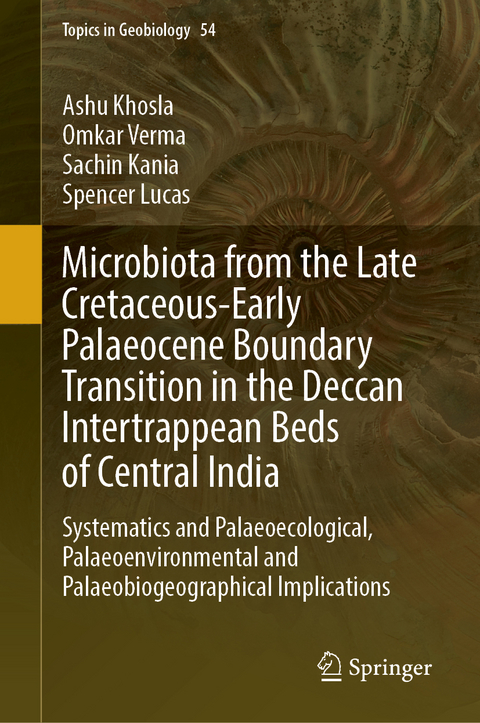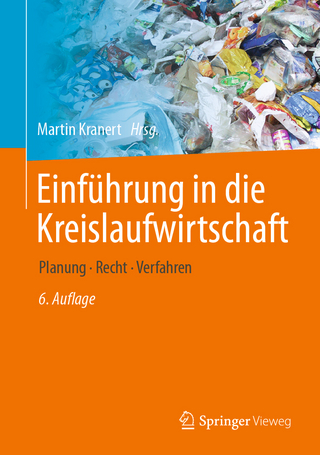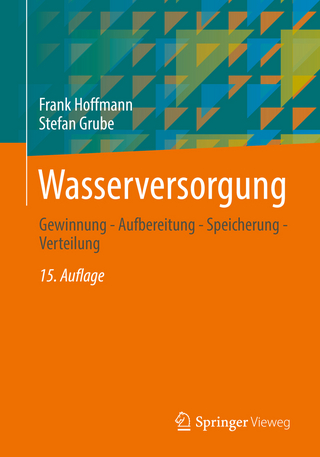
Microbiota from the Late Cretaceous-Early Palaeocene Boundary Transition in the Deccan Intertrappean Beds of Central India
Springer International Publishing (Verlag)
978-3-031-28854-8 (ISBN)
The record of diverse accumulations of freshwater charophytes, brackish to freshwater ostracods, and planktic foraminiferal and fish assemblages from the intertrappean beds of Jhilmili and adjacent areas of Early Danian (P1a) age and lying just north of Chhindwara town and in the heart of peninsular India has intriguing implications for defining the age limits of the basaltic flows. The occurrence of non-marine taxa, for example, algae, molluscs, and vertebrates, associated with brackish water ostracods in the nearby Singpur and Mohgaon Kalan localities of the Chhindwara region, has also raised concerns about the sedimentary environments of these intertrappean beds. The new finds (presented in this book) prove useful for the better understanding of the palaeoecology and palaeoenvironment of the biota and also throw light on various paleobiogeographic models proposed for the northward drifting Indian plate. The microbiotic assemblages of the intertrappean beds of the eastern Deccan volcanic province at District Chhindwara, Madhya Pradesh are documented in this book. The microbiota of the central Narmada River region, the charophytes, ostracods, planktic foraminifera, and fishes, receive special attention in this study.
About the Authors
Ashu Khosla
Prof. (Dr.) Ashu Khosla, received a M.Sc. in 1991 and Ph.D. in Geology from Panjab University in January, 1997 and later undertook a postdoctorate from Montpellier University, France in 1997-1998 on Indian and European dinosaur eggs and their palaeobiogeographical implications. Presently he is a Professor and Director/Head in the Department of Geology, Panjab University, Chandigarh. His research specializations are in Palaeontology (Micropaleontology, Vertebrate Paleontology, Palaeobotany, Paleobiogeography, Paleoecology, Paleoenvironments, Stratigraphy and Biostratigraphy). He has teaching experience of more than 25 years at the undergraduate and post-graduate levels in the following areas: Paleontology and Stratigraphy. His work has been acknowledged worldwide by palaeontologists and palaeobiogeographers, as it covers diverse issues such as evolution, diversity and biogeography of vertebrates and microbiota associated with the Cretaceous fragmentation and drift of the Indian plate. He has handled many international collaborative programmes and collaborated with many organizations i.e., Laboratoire de Paléontologie, ISEM, cc 064, Université Montpellier II, Place Eugène Bataillon, 34095 Montpellier, France; Museum of Paleontology, The University of Michigan, Ann Arbor, USA; Geosciences, Princeton University, Princeton NJ 08544, USA; Geology Discipline Group, School of Sciences, Indira Gandhi National Open University, New Delhi; Department of Geology, Lucknow University, Lucknow; Department of Geological Sciences and Museum of Natural History, University of Colorado, UCB 265, Boulder, CO 80309, USA; Instituto de Investigaciones en Biodiversidad y Medioambiente (CONICET-INIBIOMA), Quintral 1250, 8400 San Carlos de Bariloche, Río Negro, Argentina; New Mexico Museum of Natural History and Science, Albuquerque, New Mexico, USA etc. He has to his credit several exciting fossil discoveries from the Late Cretaceous of India. Prof. Khosla's perseverance and commitment led to the first classification of Indian dinosaur eggs and their comparison with eggs from Europe and South America, the discovery of the Cretaceous-Palaeogene boundary (central India), discoveries of the biota from dinosaur coprolites, and discoveries of Cenomanian-Turonian and Maastrichtian theropod dinosaur skeletal material, exotic mammals, ostracods, charophytes, and planktic foraminiferans from Upper Cretaceous rocks. He has published several research papers in peer-reviewed national/international journals, apart from a few in press, in high impact factor journals, including two papers in Science and other journals, for instance. Earth and Planetary Science Letters, Global and Planetary Change, Palaeogeography, Palaeoclimatology, Palaeoecology, Journal of Asian Earth Sciences, Journal of Vertebrate Palaeontology, Geological Journal, Cretaceous Research, Historical Biology, Acta Geologica Polonica, etc. He has already successfully completed six research projects funded by the Department of Science and Technology (Government of India), New Delhi. He has published two important books. First on the global Cretaceous (Cretaceous Period: Biotic Diversity and Biogeography). The volume was published in the New Mexico Museum of Natural History and Science Bulletin in 2016 and the second on the Indian Late Cretaceous dinosaur eggs of peninsular India in October, 2020 (Springer Nature, Switzerland).Omkar Verma
Dr. Omkar Verma is an Assistant Professor of Geology at the Indira Gandhi National Open University, New Delhi, India. He received his M.Sc. and Ph.D. degrees in Geology from the University of Jammu, Jammu and Kashmir, India. He is the recipient of a Senior ResearchFellowship and Research Associateship of the Council of Scientific and Industrial Research, New Delhi. He also completed a research project funded by the Department of Science and Technology, Govt. of India, New Delhi. He led several expeditiChapter1. Introduction to Indian Late Cretaceous-Early Palaeocene Microbiota from the Deccan Intertrappean Beds of the Chhindwara District, Madhya Pradesh, India.- Chapter 2. Historical Background of Late Cretaceous-Early Palaeocene Microbiotic Assemblages from the Deccan Intertrappean Beds of the Chhindwara District, Madhya Pradesh, India.- Chapter 3. Geology and Stratigraphy of Microbiota-Bearing Deccan Intertrappean Beds of the Chhindwara District, Madhya Pradesh, India.- Chapter 4. Indian Late Cretaceous-Early Palaeocene Deccan Microbiota from Chhindwara District, Madhya Pradesh: Systematic Studies.- Chapter 5 Palaeoecological and Palaeoenvironmental Implications of the Cretaceous-Palaeogene Microbiota-Bearing Deccan Intertrappean beds of the Chhindwara District, Madhya Pradesh, India.- Chapter 6. Palaeobiogeographical Implications of Late Cretaceous-Early Palaeocene Microbiota from the Deccan Intertrappean beds of the Chhhindwara District, Madhya Pradesh, India.
| Erscheinungsdatum | 23.06.2023 |
|---|---|
| Reihe/Serie | Topics in Geobiology |
| Zusatzinfo | XXIII, 274 p. 55 illus., 36 illus. in color. |
| Verlagsort | Cham |
| Sprache | englisch |
| Maße | 155 x 235 mm |
| Gewicht | 607 g |
| Themenwelt | Naturwissenschaften ► Biologie ► Ökologie / Naturschutz |
| Schlagworte | Charophytes • Cretaceous-Palaeocene transition • Indian Paleoecology • Maastrichtian • Ostracods • Palaeoenvironment • Planktic foraminiferans • Uppermost Cretaceous |
| ISBN-10 | 3-031-28854-8 / 3031288548 |
| ISBN-13 | 978-3-031-28854-8 / 9783031288548 |
| Zustand | Neuware |
| Informationen gemäß Produktsicherheitsverordnung (GPSR) | |
| Haben Sie eine Frage zum Produkt? |
aus dem Bereich


